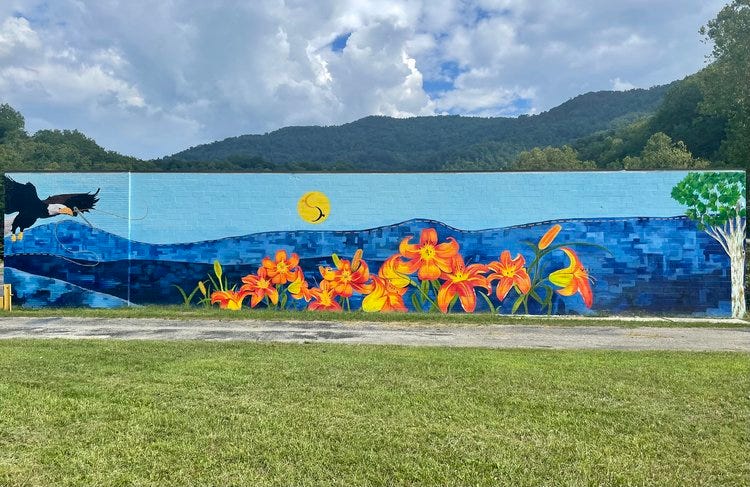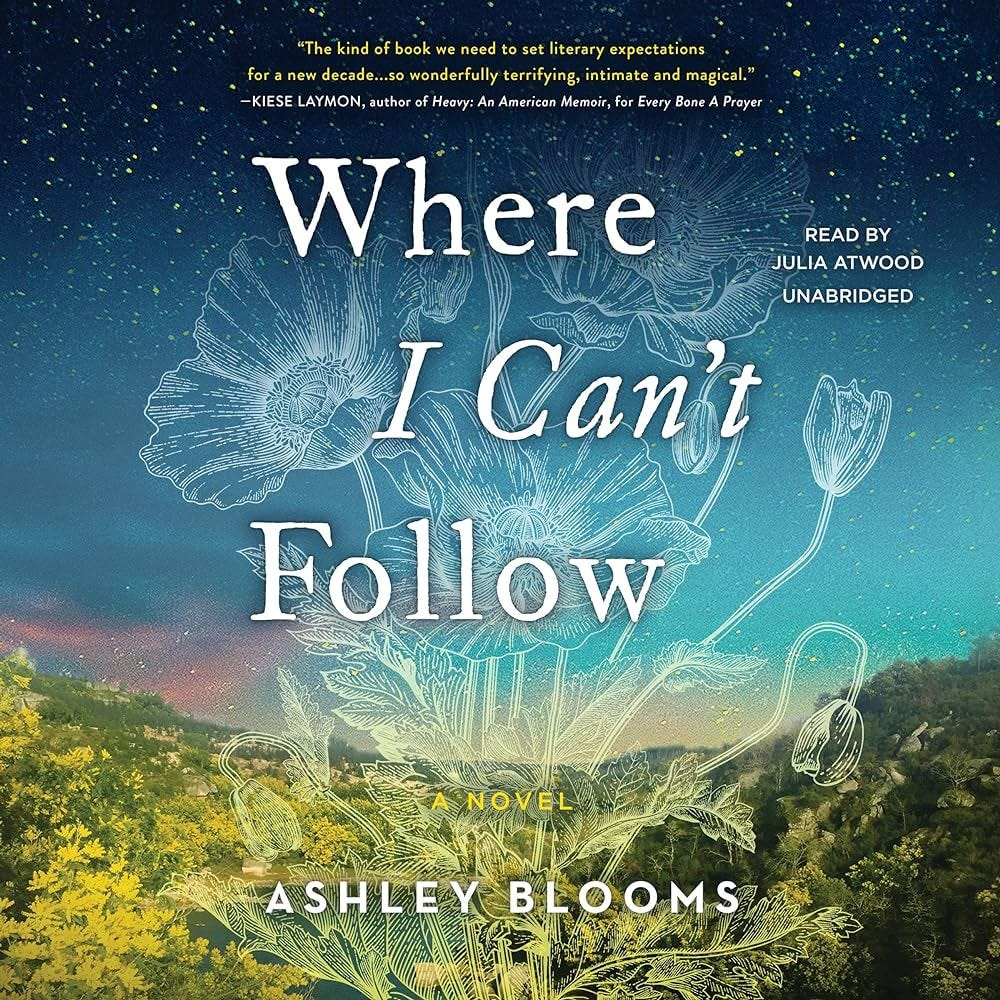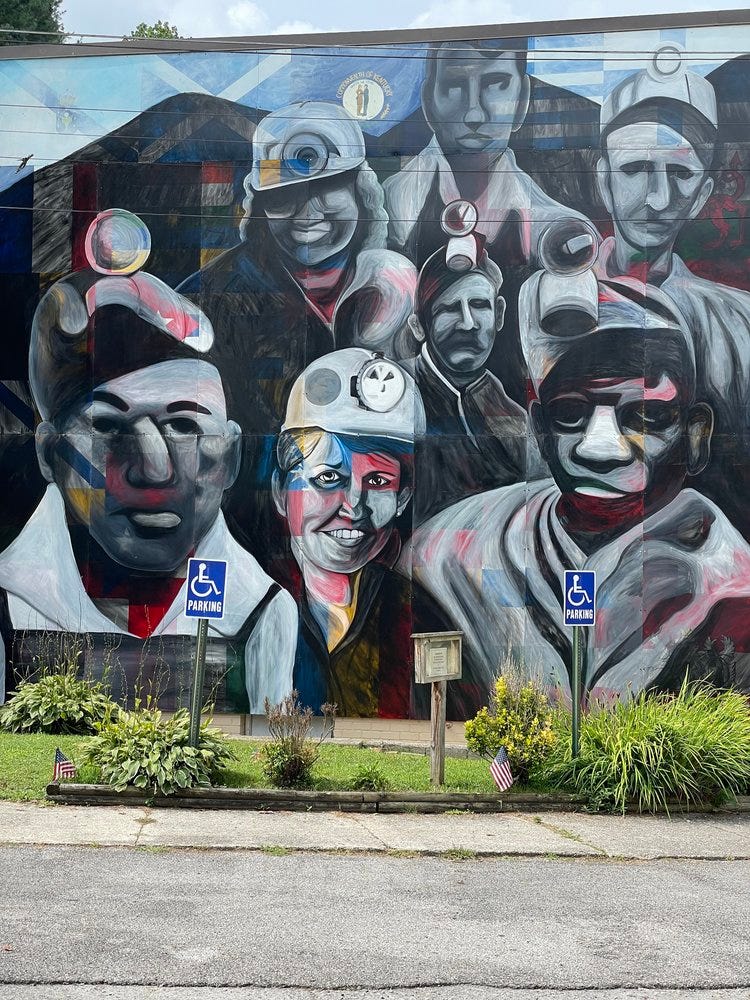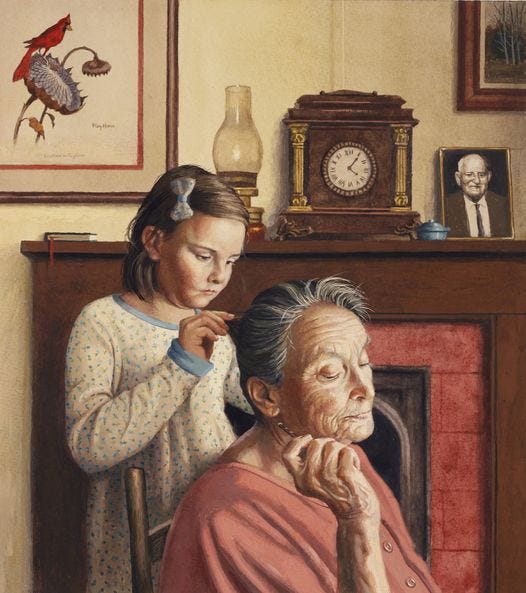Some people think that there is little place allowed for creative and artistic life in late capitalism, one example is this Substack piece by Antonio Melonio:
“We as a society do not place such importance on the aesthetics and deeper meanings of our lives anymore. Short-term thinking and gratification have, to a large degree, replaced the inherent desire to improve our surroundings and leave a better world for our descendants. Modern men and women are mostly confined to the narrow spaces of their homes now, restricted to the mind-boggling speed of the digital world that turns everything into a commodity.”
“Yet without artists and great thinkers, we are nothing.”
Melonio was also critical of the commercialization of art/music/writing:
“Modern art and music are churned out and mass-produced. Pop songs made by algorithms, market research, and AI. ‘Paintings’ with nothing of worth on them, only aiming to enrage or arouse controversy, produced in minutes, or hours at most, and not months and years. Self-help books that say nothing and only remind us of the trees that had to die for these atrocities.”
“Yet not only creatives suffer when society values only the mass-producable. We all suffer. Our imaginations turn narrow and constricted, as evidenced by most people’s utter inability to imagine anything before or after the status quo.”
While I agree with Melonio on some points, I think that artistic expression and artists still thrive in the places and communities that have been left behind by capitalism, in economically marginal places.
I find that I actually personally know more real, amazingly prodigious artists: painters, writers, and musicians than ever before in my life. I think this is due to living in an economically and socially marginal place: eastern Kentucky. This is not a new idea, historically artists lived and worked on the fringes of society. In the past they were more likely to live in poor urban areas, creating the iconic image of the writer or painter in the cold garret or attic.
In eastern Kentucky the passing of the coal economy, average incomes are lower than the nation and housing costs are lower as well. Outside of education and health care, traditional jobs are few. The painters/writers/musicians that I know are all part of the gig economy, so they are not economically secure, but then neither are their neighbors and family members who work for Walmart, or teach school, or are small town business people. They often depend at least part of the time on grant money (either private or government), they may also take part-time jobs that are more traditional, or they have spouses that have some employment.
One thing that matters is a lot of support from our communities, communities that aren't well off themselves. Local communities come up with some bucks for a mural here and a mural there, for a concert series, for open air venues, and community festivals where artists can have booths and musicians can play. We also have some longstanding institutions dedicated to supporting the arts like Appalshop (https://appalshop.org/) created in the 1970’s with anti-poverty funds for training filmmakers, and Cowan Community Center with its annual Cowan Creek Mountain Music school (https://cowancommunitycenter.org/) that for decades has provided training for young people in traditional fiddle, banjo, dulcimer and other instruments.
Let me share with you just a few of the incredibly talented, visionary artists that are found in eastern Kentucky. Let’s begin with painter Lacy Hale. She paints gorgeous, luminous, canvases of local scenery, people, animals, and local dreams (https://www.lacyhale.com/). People like me pay $30 for prints of her paintings that we love, because we can't afford the paintings themselves. Lacy has turned mural painting into a significant source of income. Her murals can be found all over eastern Kentucky and southwest Virginia. For many years Lacy and her husband ran a record store in downtown Whitesburg, that doubled as Lacy’s studio, and was a gathering place for musicians and artists. The store was destroyed in the great flood of 2022, but the business continues in modified version in another location.
Poet Melissa Helton (Inertia: A Study and Hewn) spent a decade teaching at a community college while getting chapbooks published, then find her dream job coordinating writers’ conferences for a tiny Appalachian non-profit Hindman Settlement School (https://hindman.org/). The Hindman Settlement School also provides regional writers with the opportunities to teach small groups of folks (either in person or on-line) the craft of writing, where retired college professors like myself, can pay $250 for a number of intensive hours of one-on-one with award winning, published authors and express our creativity. Which is how I met the wonderful Ashley Blooms whose imaginative novels Where I Can’t Follow and Every Bone a Prayer push the envelope of reality and yet are still very grounded in our mountain hollers.
There is the versatile John Haywood, an artist and musician, who maintains a thriving tattoo business, teaches banjo at world renown music camps, composes and records traditional forms of music, plays in small bands in local and regional venues (https://www.haywoodarts.com/music). Also, internationally popular band Wayne Graham founders Kenny and Hayden Miles created Fat Baby Recording Studios in eastern Kentucky and provided dozens of other regional artists with top-flight professional recording services.
There are many such venues in eastern Kentucky such as my local Hemphill Community Center (https://hemphillcenter.org/) lodged in an aging former elementary school, where admittance is free, and the hat is passed for donations for the band. Inside the community center former addicts run Blacksheep Brick Oven Bakery which makes amazing artisan pizzas, ancient grain breads, and all kinds of sweet goodies that local folks want. Hemphill Community Center also boasts a Lacy Hale mural of coal miners.
There's lots of artist collaborations like between painter Jeff Chapman-Crane (https://www.jeffchapmancrane.com/) and musician/poet/Appalachian dance instructor Carla Gover (https://carlagover.com/) who are turning one of Carla's beautiful autobiographical songs The Redbird River into a gloriously illustrated children's book.
I'm not trying to compare my friends to Michaelangelo. But they are living fully creative lives, in part because they support a deep, old regional culture and are supported by that culture. They preserve and advance traditional music and stories, tell stories that are deeply resonant with local peoples and stand up for a culture that has long been marginalized by this country. For the very same reason, I suspect there are lively artistic communities among racially and ethnically marginalized groups. Groups whose music rarely if ever gets a Grammy. Perhaps the only places that real art and artists flourish is among those groups sufficiently narrow and marginalized so as to not be profitable targets of commercialization.








Of course they flourish. That's where creative people live. All the great artists come from the lower classes.